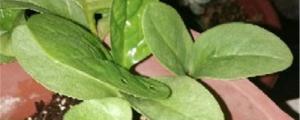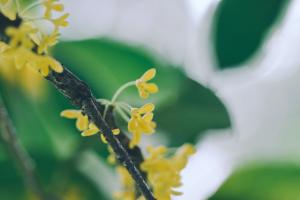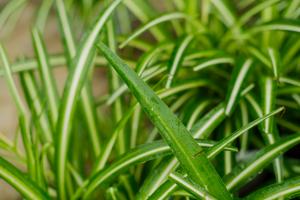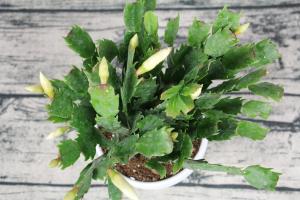About lighting
Succulent plants are not suitable for exposure to strong light, and BingDeng Yulu is no exception. Even in cold winter, they should be placed in semi shade conditions with appropriate temperature and humidity
About watering
Ice lantern jade dew is suitable for eight parts dry and two parts wet. It is a kind of drought resistant meat. If it is not very dry at ordinary times, it does not need watering. After it is dry, it should be completely watered. At the same time, it also needs to pay attention not to accumulate water. It is best to place it in an environment with good drainage

About temperature
The suitable growth temperature of BingDeng Yulu is between 15 ℃ - 28 ℃. In winter, the temperature is generally low outdoors. In this period, it is in a dormant state. When the temperature is lower than 5 ℃, it should be moved to a place with appropriate temperature. At this temperature, its leaves are very easy to frostbite
About humidity
succulent plants need to maintain a certain degree of humidity, its leaves will be full of beautiful, cold winter surrounding environment will be relatively dry, and the dormant period of ice lantern jade dew can be given in the winter temperature appropriate conditions, spray humidification. p>

About fertilization
Ice lantern jade dew in dormant state does not grow and does not need fertilization in winter
Other precautions
1. In the process of maintaining ice lantern jade dew, the South should avoid rain. Rain will inevitably lead to too wet soil, which is easy to cause rotten roots
2. Although the ice lantern jade dew in winter is in a dormant state, it is not suitable for it to be in a long-term drought. The long-term drought will make the jade dew look lifeless
3. Because of the characteristics of ice lantern jade dew, it is easy to acidify the soil. It is generally recommended to turn the basin before winter to avoid root damage. In the process of turning the plate, you can remove the aged roots, shorten the too long roots and leave white and strong new roots, and then use new soil to breed


 how many times do yo...
how many times do yo... how many planted tre...
how many planted tre... how many pine trees ...
how many pine trees ... how many pecan trees...
how many pecan trees... how many plants comp...
how many plants comp... how many plants can ...
how many plants can ... how many plants and ...
how many plants and ... how many pepper plan...
how many pepper plan...
































